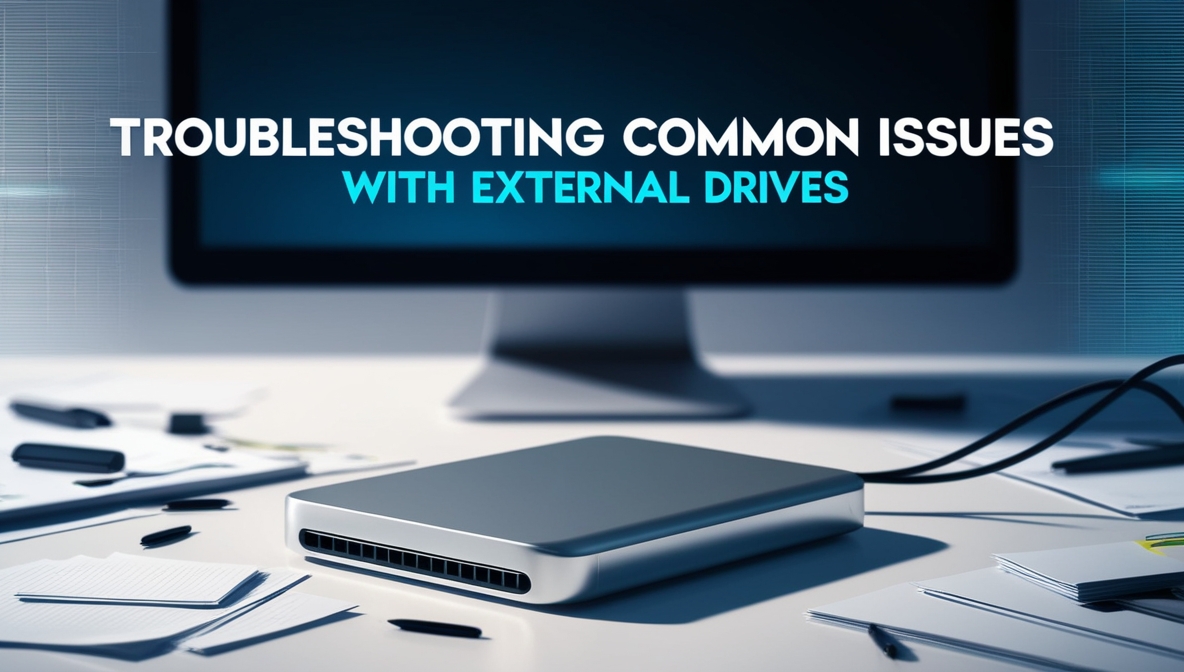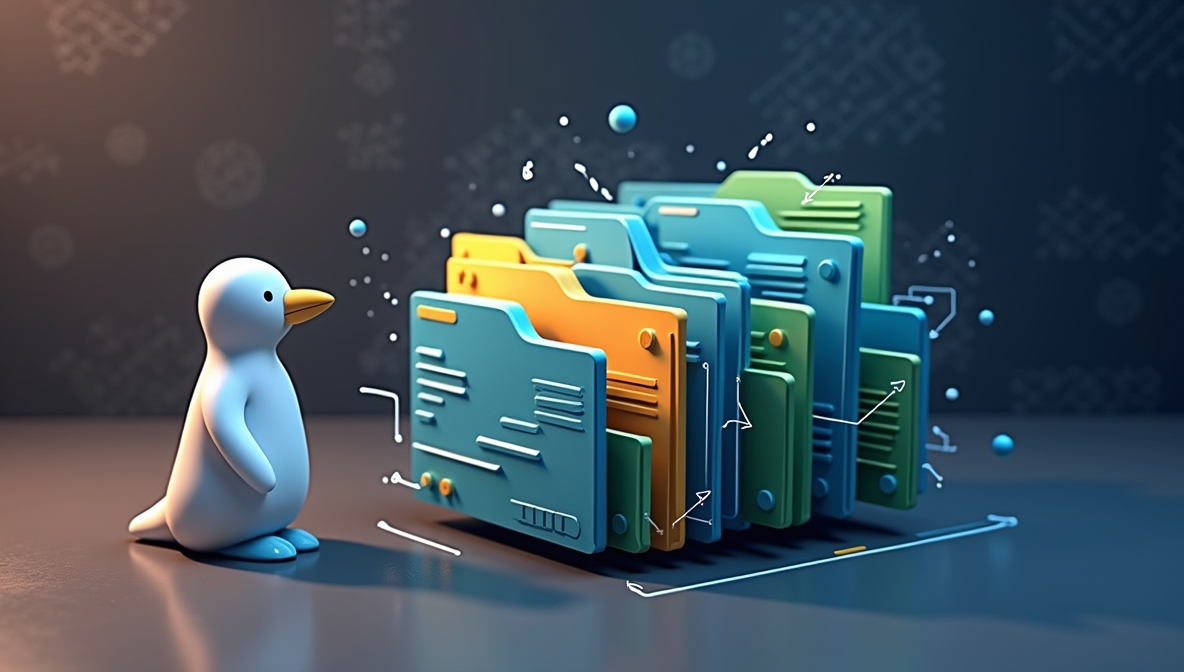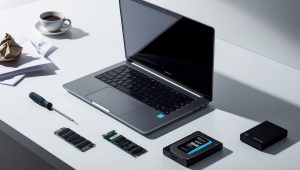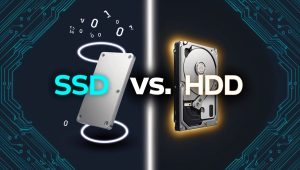Troubleshooting Common Issues with External Drives
External drives are essential tools for data backup, storage, and transfer. However, like any technology, they can sometimes run into issues that disrupt their functionality. This guide will help you troubleshoot and resolve common problems you might encounter with external drives.
External Drive Not Recognized by the Computer
Check the Connection
The first step in troubleshooting an external drive that isn’t recognized by your computer is to check the connection. Ensure the USB cable is securely plugged into both the drive and the computer. Try using a different USB port or cable to rule out a faulty connection.
Update or Reinstall Drivers
Outdated or corrupted drivers can prevent your external drive from being recognized. Go to your computer’s Device Manager, find the drive under “Disk Drives,” and update the driver. If updating doesn’t work, try uninstalling the driver and then reconnecting the drive to reinstall it automatically.
Check Disk Management
On Windows, open “Disk Management” to see if the drive appears. If it does, but without a drive letter, you may need to assign one manually. Right-click on the drive and choose “Change Drive Letter and Paths” to assign a new letter.
Test on Another Computer
If your drive still isn’t recognized, try connecting it to another computer. If it works, the issue may be with your original computer’s USB ports or software. If it doesn’t work on another computer, the problem might be with the drive itself.
External Drive Is Slow or Freezing
Check for File System Errors
File system errors can cause your external drive to run slowly or freeze. On Windows, you can run a check by right-clicking on the drive in “File Explorer,” selecting “Properties,” going to the “Tools” tab, and clicking “Check” under “Error checking.”
Run a Disk Defragmentation
If your drive is fragmented, it may slow down performance. Although SSDs don’t need defragmentation, traditional HDDs can benefit from this process. Use the built-in “Defragment and Optimize Drives” tool on Windows to defragment your drive.
Disable USB Selective Suspend
USB Selective Suspend is a power-saving feature that can cause issues with external drives. Disable it by going to “Power Options” in the Control Panel, selecting “Change plan settings,” and then “Change advanced power settings.” Under “USB settings,” disable “USB selective suspend.”
External Drive Is Making Strange Noises
Determine the Type of Noise
A clicking noise often indicates a mechanical problem with the drive, while a grinding noise could suggest a serious issue with the internal components. Backup any important data immediately if you hear strange noises, as the drive may be close to failure.
Run a Diagnostic Tool
Use the drive manufacturer’s diagnostic tool to assess the health of your external drive. These tools can often identify and sometimes repair issues before they lead to drive failure.
Seek Professional Help
If your drive is making unusual noises and diagnostic tools are unable to fix the problem, it may be time to seek professional data recovery services. Continuing to use a drive that’s making strange noises can result in complete data loss.
External Drive Has Data Corruption
Run CHKDSK Command
Windows users can use the CHKDSK command to fix file system corruption. Open Command Prompt as an administrator, type chkdsk /f /r X: (replace “X” with your drive letter), and press Enter. This process can take some time but can often repair corrupt files.
Use Data Recovery Software
If CHKDSK doesn’t resolve the issue, you may need to use data recovery software like Recuva, EaseUS Data Recovery Wizard, or Stellar Data Recovery to retrieve corrupted files. These tools can often recover data that seems lost.
Reformat the Drive
As a last resort, you can reformat the drive to fix corruption issues. Be aware that this will erase all data on the drive, so ensure you have backups before proceeding. After reformatting, the drive should function normally, but any existing data will be lost.
External Drive Is Full but Files Are Not Visible
Show Hidden Files
Sometimes files on an external drive can become hidden. To view hidden files on Windows, go to “File Explorer,” click on the “View” tab, and check the “Hidden items” box. This will reveal any files that may have been hidden.
Check for Disk Errors
Disk errors can also cause files to disappear. Run the “Error checking” tool in “Properties” to fix any issues. If files are still missing, they may be recoverable with data recovery software.
Scan for Malware
Malware can sometimes hide or delete files on external drives. Run a full system scan with your antivirus software to check for any infections. If malware is found, follow the software’s instructions to remove it and then check your drive for missing files.
Conclusion
External drives are valuable tools, but they can encounter various issues over time. By following these troubleshooting steps, you can resolve many common problems and ensure your external drive remains in good working condition. Regular maintenance, such as keeping your drive free from errors and malware, will also help extend its lifespan. For those also interested in building a custom gaming PC, ensuring that all storage components, including external drives, are properly set up and functioning is crucial for a smooth gaming experience.












Post Comment